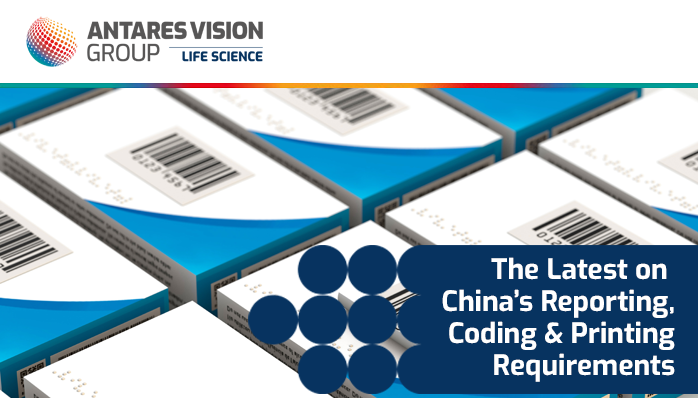China’s pharma regulations can be confusing. However, the Chinese National Medical Products Administration (NMPA) published a set of documents last year that clarified the country’s new serialization code. Released on April 28, 2019, the documents cover regulations for pharma ranging from coding requirements to guidelines for event reporting.
These documents are a valuable resource to help understand China’s complicated regulations. For example, they state that manufacturing authorization holders must build a traceability system, which they can create themselves or through a third party. In order to trade at an item level, issuing agencies must create a serial number generation strategy to ensure one-of-a-kind traceability codes.
Let’s discuss a few critical points of the regulatory requirements for pharma in China.
Chinese Pharma Reporting
Previous Chinese pharma regulations had strict reporting guidelines. Under the new regulations, pharma companies are not required to request or receive serial numbers from a central or state-controlled source as long as the number schemes are compliant with set standards. This allows manufacturers more control over which software solutions they can use.
Companies must also exchange all the information they generate and report with their supply chain partners — who, in turn, must also report their own data to the government.
Chinese Pharmaceutical Coding Requirements
The NMPA advises that China’s drug traceability strategy should incorporate current and future manufacturing and production needs. For coding, China requires a drug traceability code, a drug identification code, and a product identification code.
The drug traceability code will identify a sales package at the unit level. The code is a combination of numbers, letters, and symbols. To be compliant, the code must include 20 characters (seven of these are the drug identification code) and adhere to ISO standards.
The drug identification code identifies the license holder, generic drug name, manufacturer, formulation, dosage form, specifications, and package specifications. The product identification code contains manufacturing data.
Chinese Printing Requirements
All printed information must be readable by the human eye. But China’s regulatory requirements do establish some guidelines for machine-readable data. Companies can choose from a 2D matrix/RFID tag or a linear bar code. This data must include:
- Batch and serial number
- Production date
- Pharmaceutical form
- Information about the manufacturing authorization holder
- Expiry date
Our Global Pharma Compliance Software Solutions
rfxcel has been developing innovative supply chain solutions and helping pharma companies with serialization, compliance, and traceability since 2003. We’re experts in global compliance and are here to answer your questions about regulations in any country, including China. To learn more about how you can stay compliant, no matter where you do business, contact us today!





